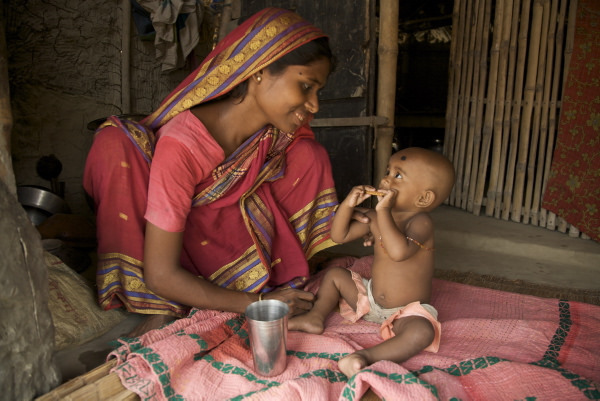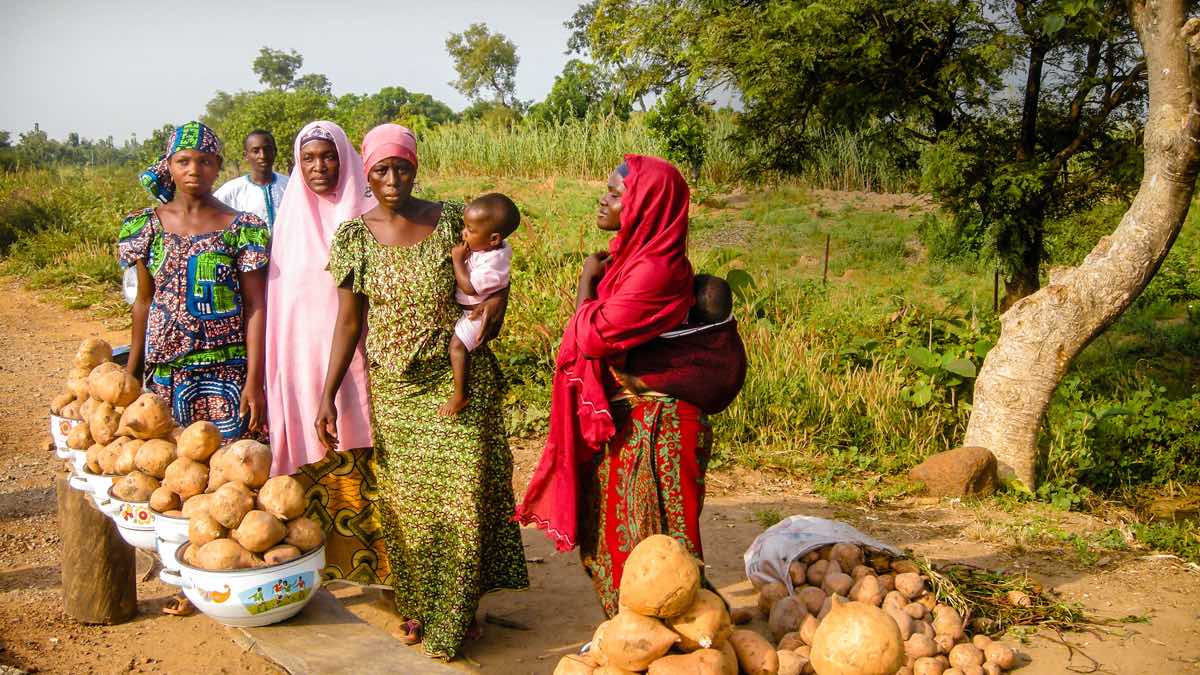As a country’s income level rises, undernutrition rates are expected to fall. However, for years, the mystery of South Asia’s rising income levels existing concurrently with stubbornly high levels of child undernutrition has stumped researchers. Varying theories have flagged lack of proper sanitation, genetics, poor diets and food systems, and ineffective nutrition programming as culprits for the region’s lack of progress in reducing undernutrition. Bangladesh, though, remains a puzzling—yet positive–exception to this “Asian enigma.”
While the narratives of countries such as Thailand, Brazil, Honduras, and Mexico effectively reducing child undernutrition have garnered much attention, Bangladesh’s success has remained largely overlooked. What’s more, a 2013 study by IFPRI researcher Derek Headey, underscored the magnitude of Bangladesh’s astonishing progress, noting that “from 1997 to 2007 Bangladesh recorded one of the fastest prolonged reductions in child underweight and stunting prevalence in recorded history, 1.1 and 1.3 percentage points per year, respectively.” In a recent discussion paper, The other Asian enigma: Explaining rapid reduction of undernutrition in Bangladesh, a team of IFPRI researchers begins to unravel the story of Bangladesh’s unlikely achievement.
Researchers examined the Bangladesh Demographic and Health Survey, spanning from 1997 to 2011, and zeroed in on the height-for-age z (HAZ) scores for preschool children. The team then compared these scores against the World Health Organization growth standards. Researchers pinpointed several possible explanations for Bangladesh’s achievements in curbing undernutrition during this time period, citing economic growth and expansion of secondary education (for males and females) as the two most important factors:
- Pro-poor economic growth and progress – Accumulation of assets was a key factor in curbing child undernutrition, particularly at the household level.
- Swift growth of secondary education, especially for girls – A stipend program supported by the government and development partners dramatically expanded girls’ enrollment in secondary school. Maternal education has been found to be closely tied to nutrition outcomes, along with women’s empowerment within the home.
- Improvements in maternal and child health – An expansion of private and NGO-provided healthcare, as well as advances in community-based service delivery, helped to compensate for the small government healthcare budget.
- Improvements in infrastructure, especially sanitation – Government and community-led sanitation efforts in the 1990s helped drastically lower the percentage of households without a toilet.
- Reduction of fertility rates – Bangladesh has enjoyed an extremely rapid reduction of fertility rates, attributed to the very proactive family planning programs launched in the late 1970s.
The researchers noted that these factors account for only half of the recorded child nutrition outcomes. They suggest several possible explanations that might account for the other half of this enigmatic success. First, in a country where nongovernmental organizations have played an instrumental role in social and economic development, it is quite possible that decentralized nutrition programs have had behavioral impacts that are difficult to measure. Second, agricultural development – particularly the spectacular growth of rice productivity – likely played a substantive role in improving basic food security. The same team of researchers is exploring these areas in an ongoing effort to better understand the country’s success in a region that continues to suffer from persistently high rates of undernutrition.
Related materials







